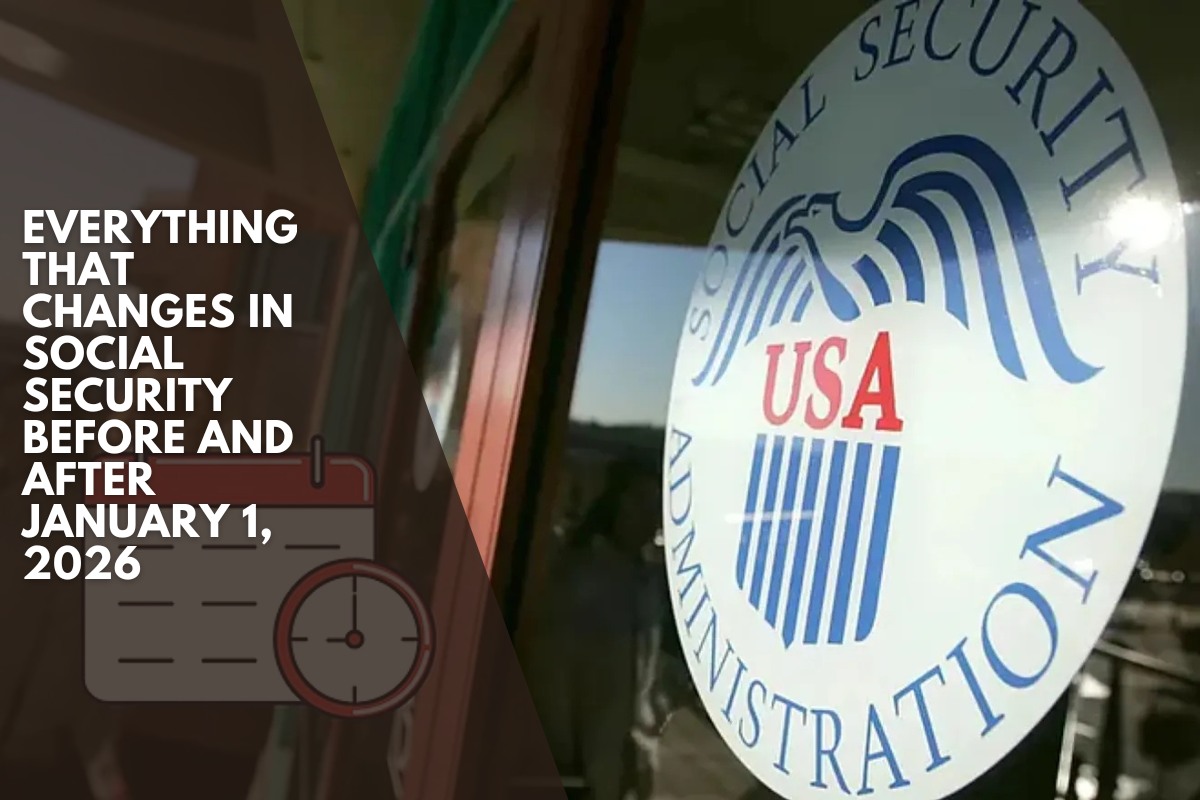In the first 100 days of his historic second term, President Donald J. Trump has already made significant changes to the Social Security system, impacting over 70 million Americans. Known for its political sensitivity, Social Security has traditionally been a topic few politicians dare to touch.
However, Trump has initiated bold reforms aimed at modernizing the system, improving efficiency, and addressing long-term sustainability concerns. Here’s a look at five key Social Security moves and one ongoing proposal that could reshape the system further.
1. Reinstatement of Full Overpayment Clawbacks
In early 2025, the Social Security Administration (SSA) brought back the controversial policy of reclaiming 100% of monthly benefits from recipients who were overpaid, even if the mistake was the government’s fault.
This caused a stir, particularly among seniors like Mary Thompson, a 74-year-old retiree, whose monthly check was slashed by over $800 due to an overpayment error. Following public backlash, the Trump administration adjusted the policy to cap the clawback at 50% of monthly benefits.
What you should do:
- Regularly check your benefit statement through your My Social Security account.
- If overpaid, consider requesting a waiver or appealing the decision to prevent a drastic reduction in your benefits.
2. Elimination of Paper Checks
One of the most significant moves in Social Security reform is the phase-out of paper checks. By September 30, 2025, all Social Security benefits must be paid via direct deposit or the Direct Express® debit card. This shift is expected to save taxpayers over $1 billion over the next decade, but it has raised concerns. Advocacy groups like the National Council on Aging (NCOA) warn that seniors in rural areas or those unfamiliar with digital banking could be left behind.
What you should do:
Set up direct deposit or request a Direct Express card if you haven’t already.
If you need assistance, contact the SSA for accommodations or support.
3. Social Security Fairness Act Enacted
A major victory for public sector retirees, the Social Security Fairness Act of 2025 repealed the Windfall Elimination Provision (WEP) and the Government Pension Offset (GPO). These rules had reduced or eliminated Social Security benefits for government employees who did not pay into Social Security. By repealing these provisions, over 2.8 million public sector retirees are receiving increased monthly benefits, with retroactive payments totaling $14.8 billion.
4. Workforce Reductions and Office Closures
As part of a modernization effort, the SSA has cut over 7,000 federal jobs and closed or consolidated 32 field offices. While these changes are meant to increase efficiency, they have resulted in longer wait times, delays in claims processing, and a reduction in face-to-face services, particularly in underserved communities.
What you should do:
- Schedule your online appointments well in advance to avoid delays.
- Be proactive in following up on claims to ensure timely processing.
5. Enhanced Identity Verification Requirements
To combat rising fraud, the SSA has introduced stricter identity verification protocols. These measures are aimed at protecting Social Security funds, which saw a $1.5 billion loss due to fraud in 2024 alone. However, the new protocols, which sometimes require in-person visits, have created accessibility challenges for seniors and individuals with disabilities.
What you should do:
Keep your Social Security card, ID, and proof of address up to date.
Regularly monitor your SSA account for any suspicious activity or changes.
Still in Play: Raising the Full Retirement Age
One of the most debated changes under discussion is raising the full retirement age from 67 to 69. Trump has argued that this move is necessary to sustain Social Security and prevent insolvency, as the trust fund is projected to run out by 2034.
However, critics, including groups like the AARP, view this proposal as a stealth benefit cut that would disproportionately impact workers with physically demanding jobs or shorter life expectancies.
No bill has passed yet, but discussions are ongoing, and multiple proposals are circulating in Congress.
Real-Life Impact: Two Stories
Carlos Rivera, a 63-year-old firefighter from Texas, is one of the beneficiaries of the Social Security Fairness Act. Thanks to the repeal of WEP and GPO, he now receives full benefits without penalty, which has increased his monthly benefits by nearly $500.
Lena Jackson, 81, faced the stress of being overpaid for two years without realizing it. She now owes the SSA $18,000 due to a mistake and has filed for a waiver. She described the clawback process as “terrifying” and is now navigating the complexities of requesting a waiver to avoid further financial hardship.
In his first 100 days of his second term, President Trump has initiated significant reforms to the Social Security system. While some changes have made the system more efficient and fair, others have raised concerns about accessibility, especially for seniors and those living in rural areas.
The proposal to raise the full retirement age is still up for debate, but its potential impact on future retirees remains a critical issue. As these reforms continue to unfold, it’s essential for beneficiaries to stay informed and adjust to the evolving landscape of Social Security.












